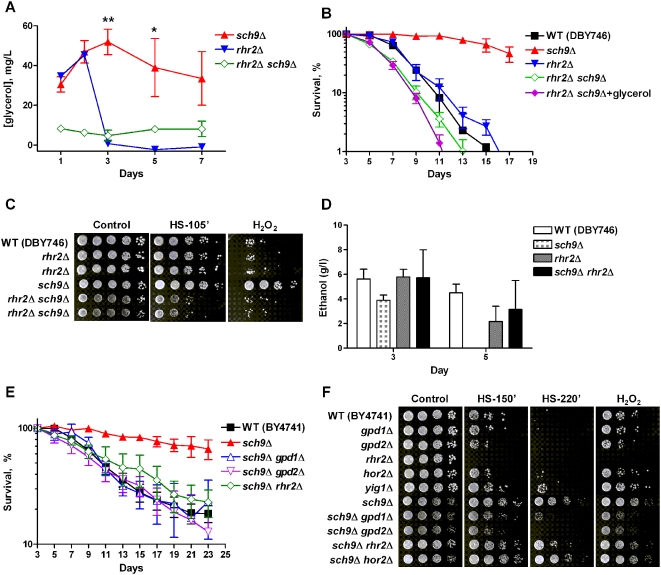Figure 5. Deletion of glycerol biosynthesis genes reverses life span extension and stress resistance associated with Sch9 deficiency.
(A) Glycerol concentration in the medium. Data represent mean and SEM of 4 cultures analyzed. * p<0.05, ** p<0.01, unpaired t-test, two tailed, sch9Δ vs. rhr2Δ sch9Δ. (B) Life span of wild type (DBY746), sch9Δ, rhr2Δ, and Sch9-deficient mutants lacking Rhr2. Glycerol (1%, final concentration) was added to the one day-old rhr2Δ sch9Δ culture. Data represent mean and SEM of 4–5 cultures analyzed. (C) Day3 cells were exposed to heat shock (55°C for 105 min) or H2O2 (150 mM for 60 min). Strains shown are wild type (DBY746), rhr2Δ, sch9Δ, and rhr2Δ sch9Δ. (D) Ethanol concentration in the medium. Data represent mean and SEM, n = 3. Ethanol in sch9Δ culture at day 5 was at the lower detection limit of the assay. (E) Life span of wild type (BY4741), sch9Δ, and Sch9-deficient mutants lacking Gpd1, Gpd2, or Rhr2. Data represent mean and SEM of 3 experiments. (F) Heat shock (55°C) and oxidative stress (H2O2, 500 mM, 60 min) resistance of day 3 mutants lacking glycerol biosynthesis genes (in the BY4741 genetic background).

